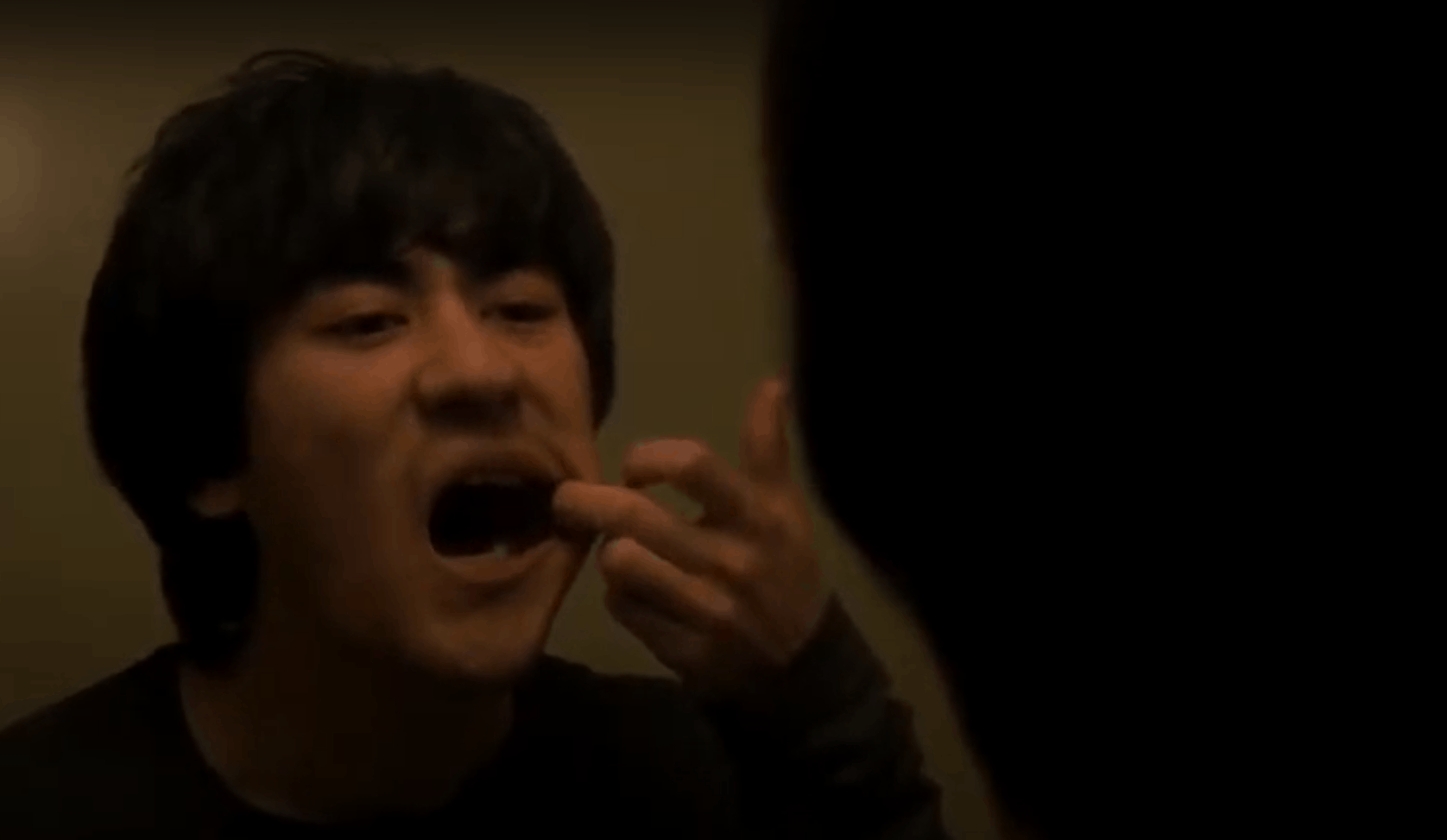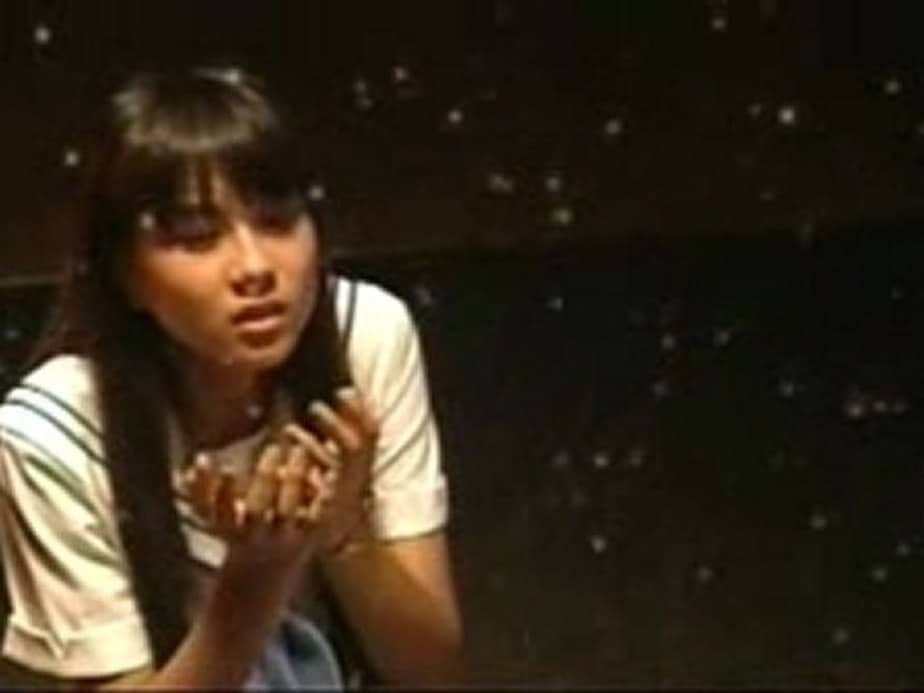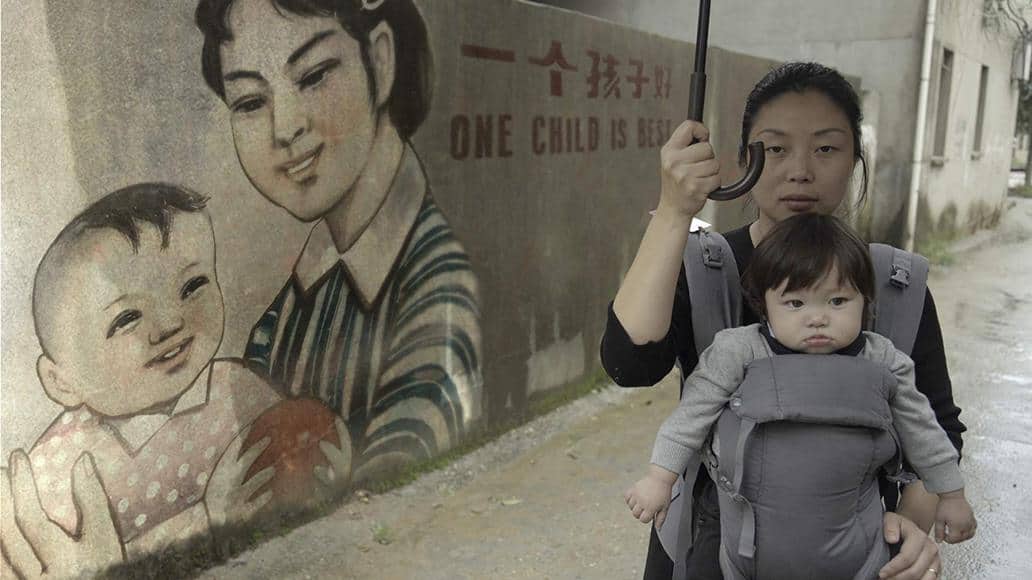“To their classmates, Wada is a quiet rich girl while Yamamoto is an intimidating lone wolf…but what they don't know is that Wada is a mobile game addict in a passionate love-hate relationship (with a 2D character) and Yamamoto has a penchant for urban legends with eyes only for her favorite YouTuber. And their biggest not-so-secret secret—these unlikely friends meet at the food court every day after school to rant, rave, and learn what makes each other tick!” (Yen Press)
“See You Tomorrow at the Food Court” is a unique concept for a single-volume manga release, one which feels like it has untapped potential in creating intriguing narratives within the medium. There is not so much a traditional story to be found here, rather Shinchiro Nariie constructs an unlikely friendship between two girls through their discussions at a food court, a ritual the two agreed upon to ensure their relationship stays prevalent in their busy lives. Consequently, the story does not develop as much, as the reader is slowly introduced to the eccentricities and insecurities of the two through the candid conversations they have. Shinichiro Nariie, certainly, takes an interesting approach, but it is one that ultimately works? The answer is both yes and no as well as is dependent on the reader.
Where this approach succeeds is in its ability to offer a complex portrait of the two girls in a very short amount of time. This is somewhat due to the release being text-heavy, but there is not a moment within the manga that feels unnecessary or irrelevant to establishing who Wada and Yamamoto are both to themselves and how they see the other. In fact, one can argue that the duo is more deeply established in the stand-alone volume than many other characters in slice-of-life series are after several volumes. This form of exploration is, easily, the book's most distinguished and admirable feature.

However, the approach of “See You Tomorrow at the Food Court” comes with inherent limitations as well. Notably, the manga is heavily reliant on the audience's ability to connect with the Wada and Yamamoto as personas worthy of such focused attention. If this is not met, the humor, dramatic shifts, and emotional reactions are bound to evoke a stern disinterest in the material. This makes the book difficult to recommend to others, as a manga constructed in such fashion will be heavily reliant on the readers' ability to connect with the personas on some level–without that connection, there is little on offer for fans.
The art also suffers, slightly, under the conversation-heavy approach. While the talent of Shinichiro Nariie as an artist has moments to showcase itself, and the book does not give an impression that there is a lack of skill, there is little to attach to visually. This makes sense given the structure of “See You Tomorrow at the Food Court” but it does further make enjoyment of the work reliant on resonating with Wada and/or Yamamoto, as one can't lean into a pronounced aesthetic as an alternative reason to find appreciation for the book. Still, Shinichiro Nariie shows they can capture both humor and personality with clarity; the book is just not given breathing room to highlight the art further than necessary.
Ultimately, “See You Tomorrow at the Food Court” presents two diverse personas and slowly brings them together under strange commonalities that make their differences moot to the friendships they seek. If readers let the book sit with them and approach it with patience, it can be extremely rewarding. However, the potential to disconnect entirely will leave some readers feeling isolated or, worst-case scenario, bored is as much of a possibility as finding value in the manga. Regardless, for a single-volume release, “See You Tomorrow at the Food Court” is certainly worth checking out for both fans of slice-of-life and unique storytelling.
















